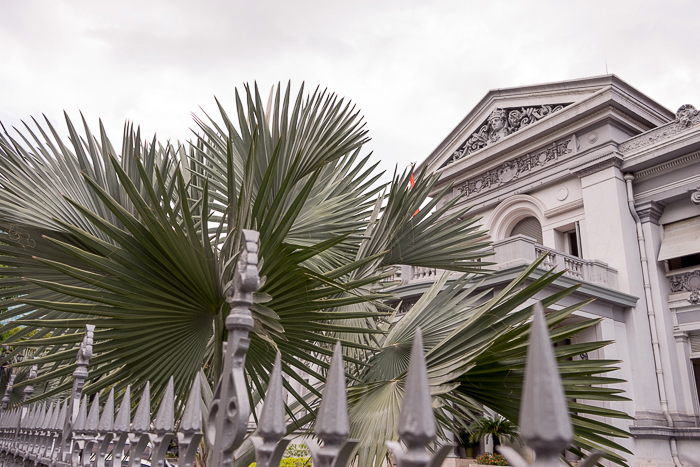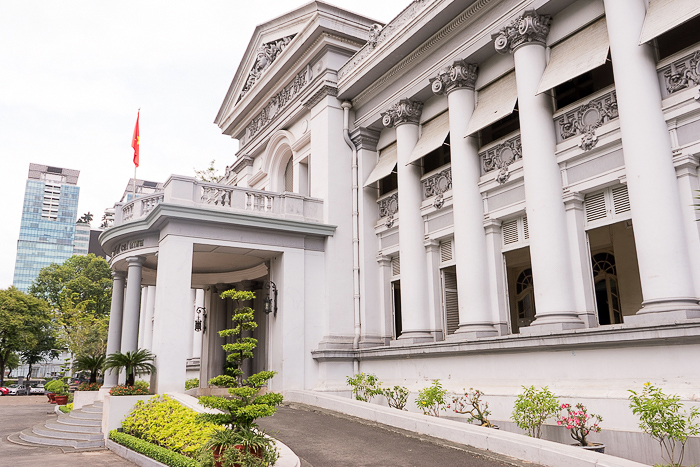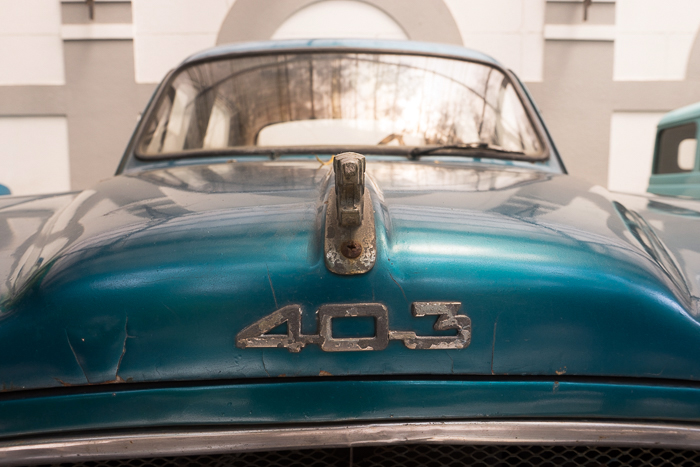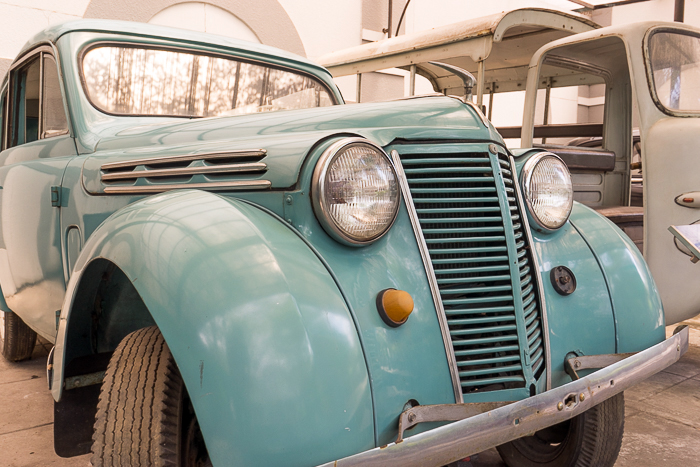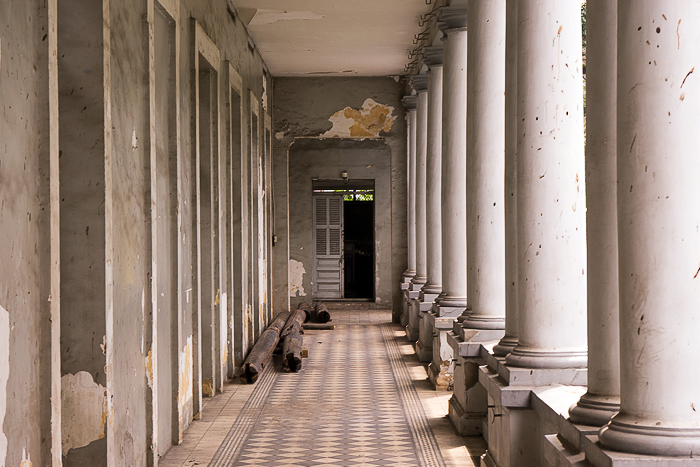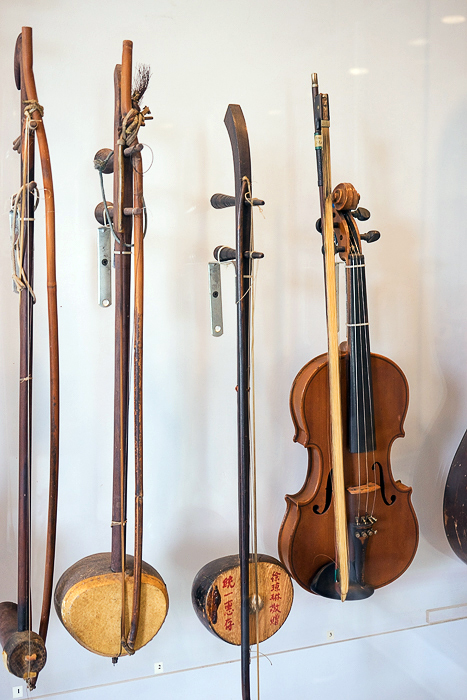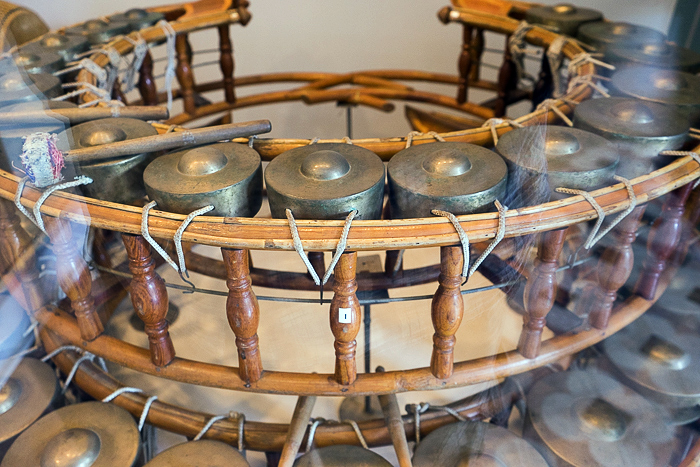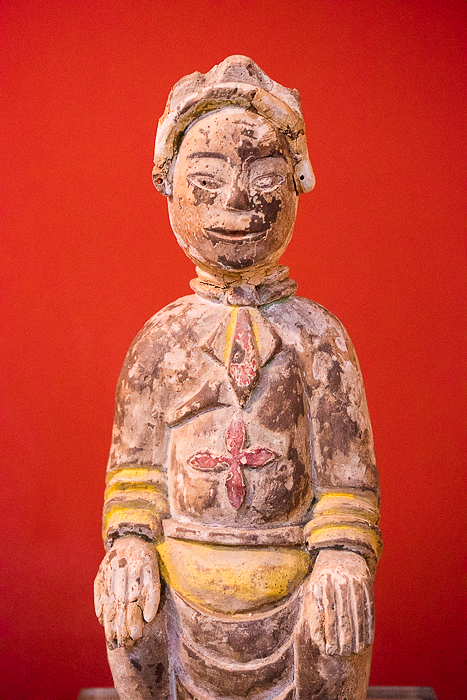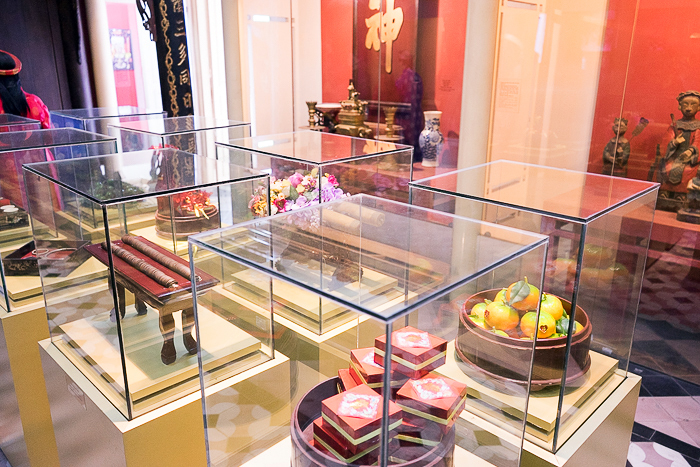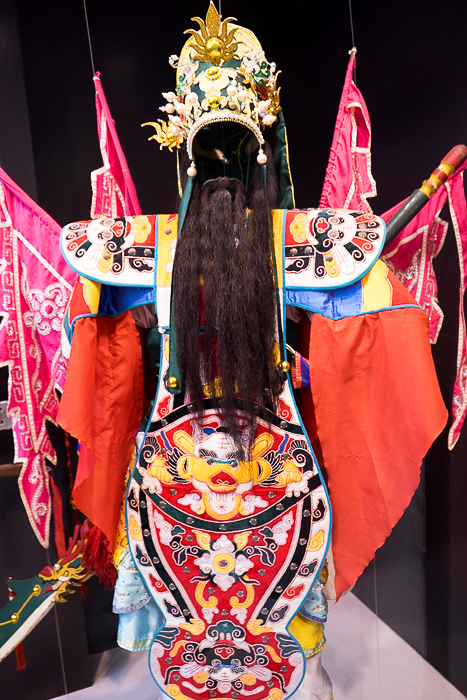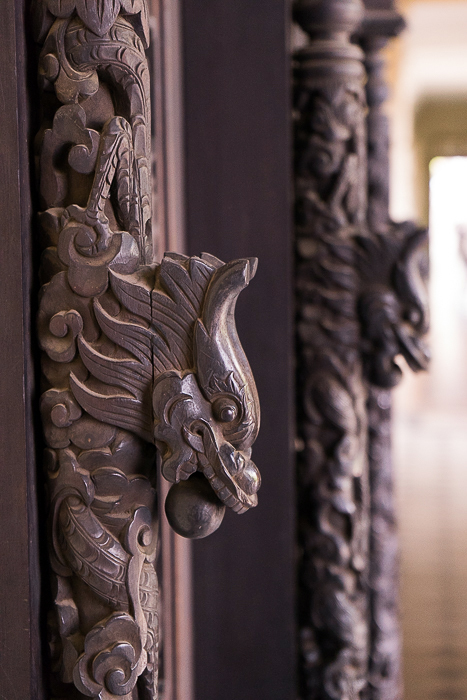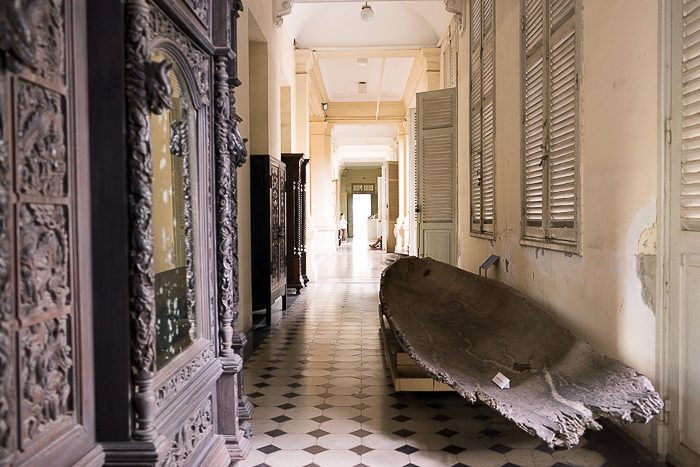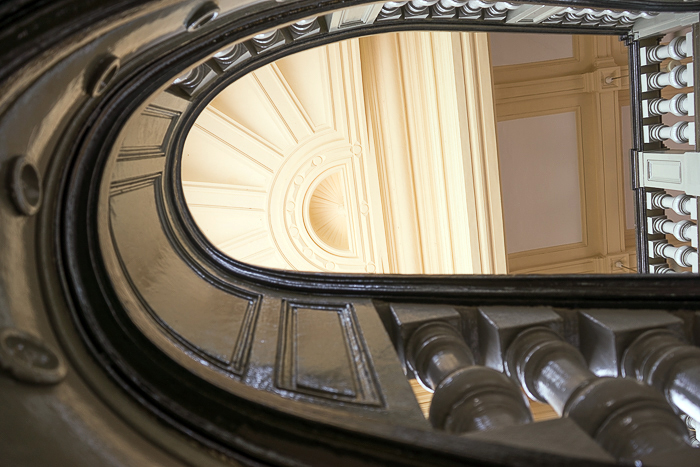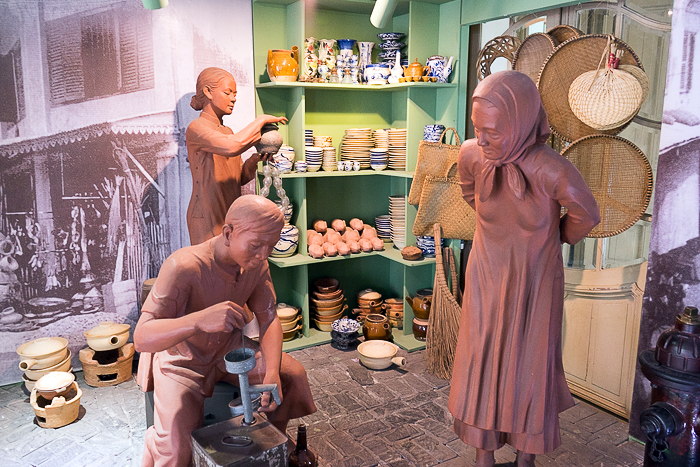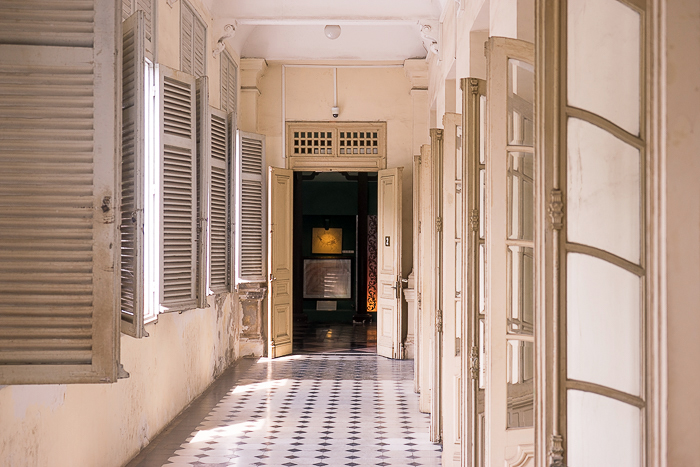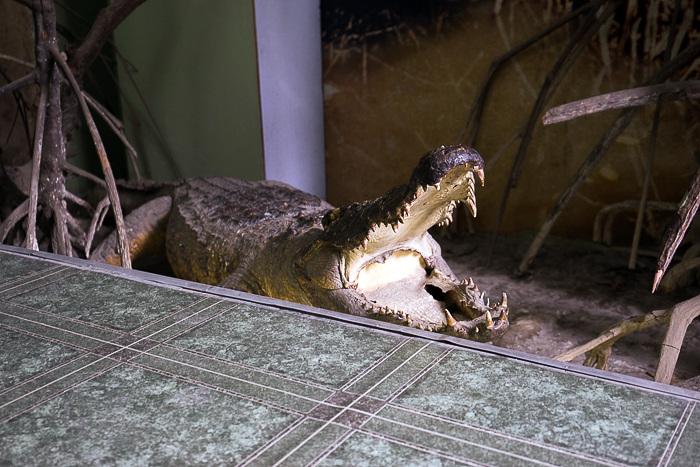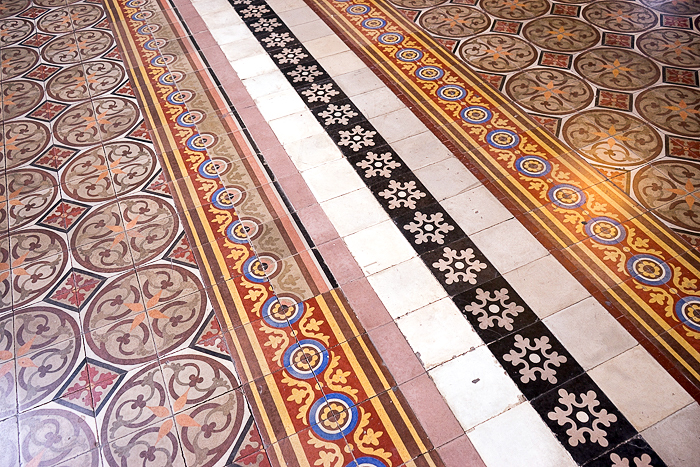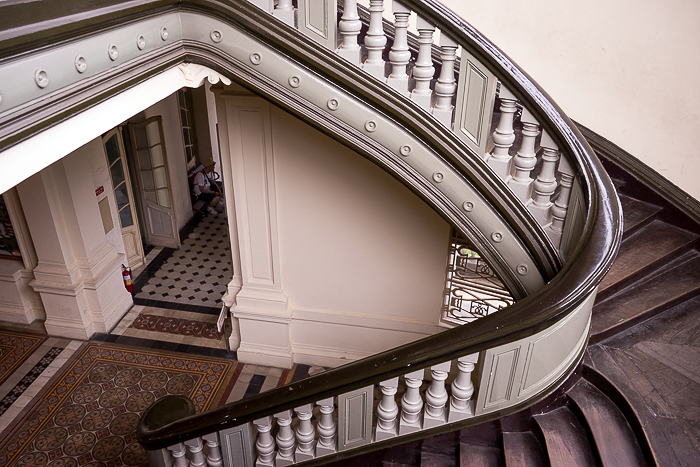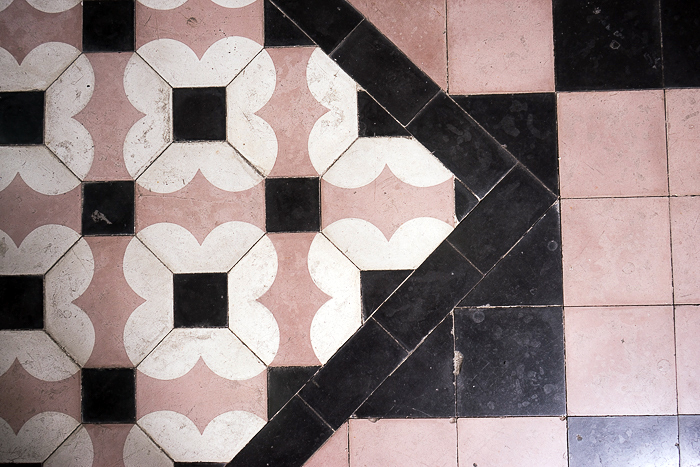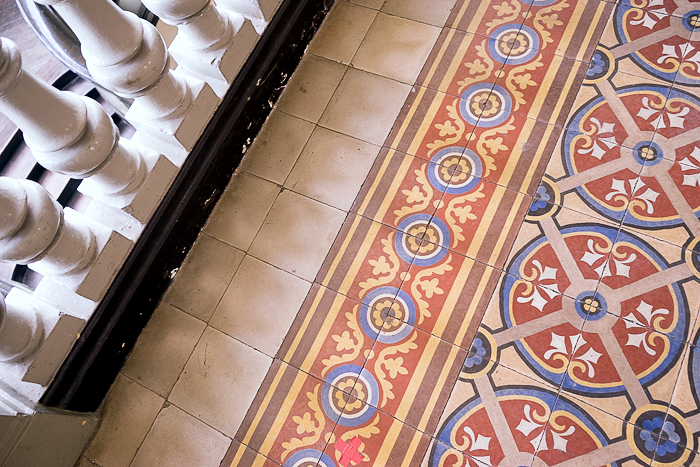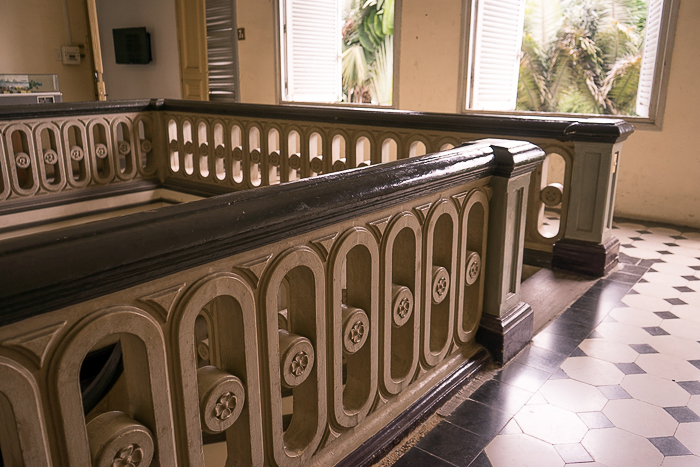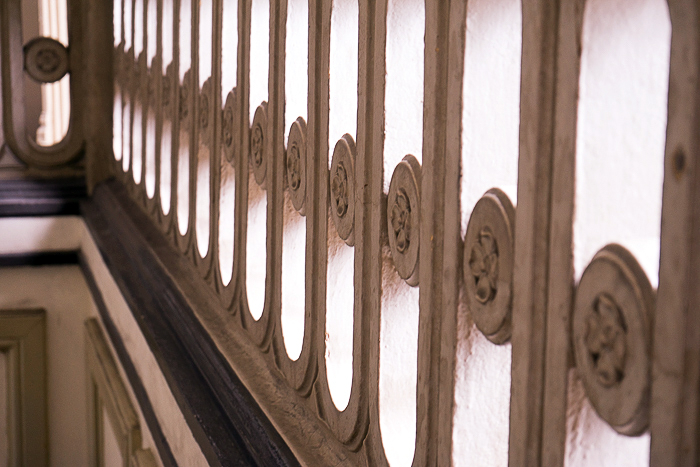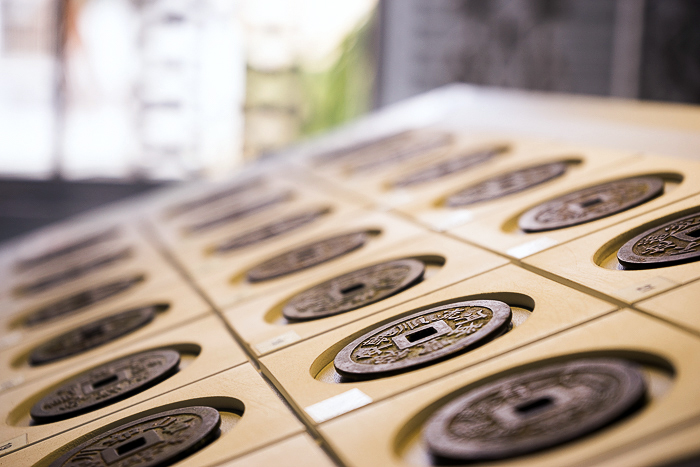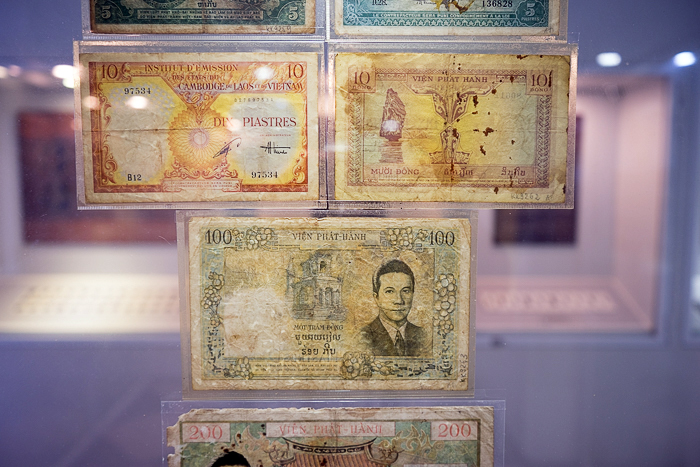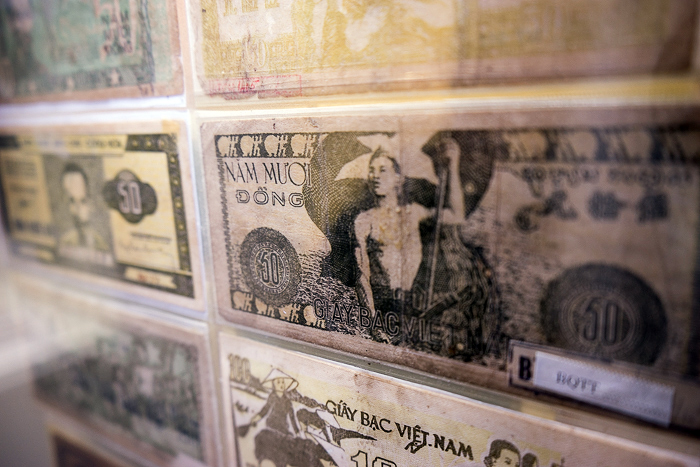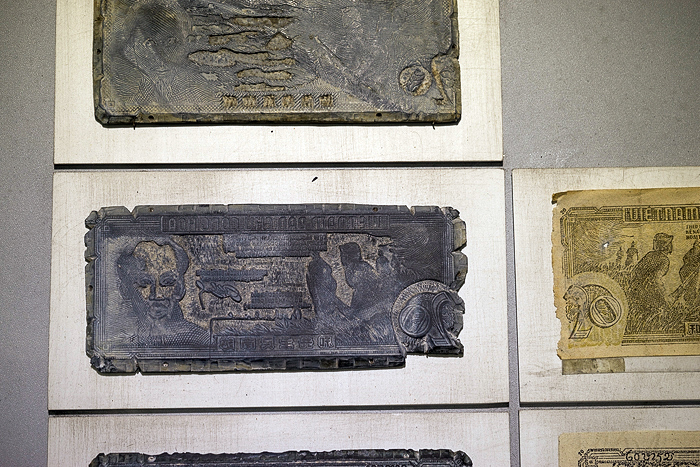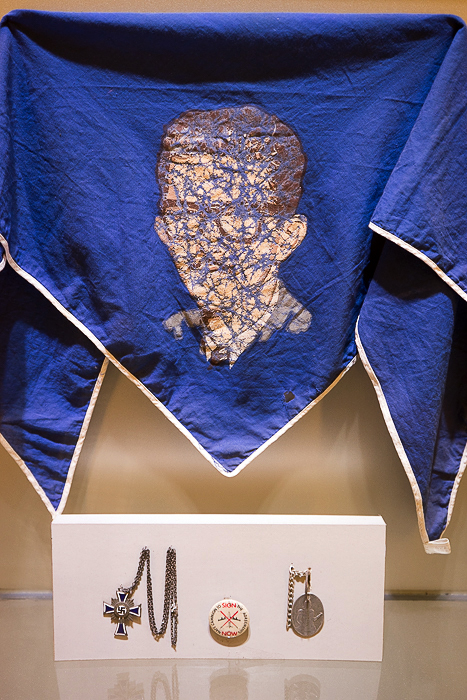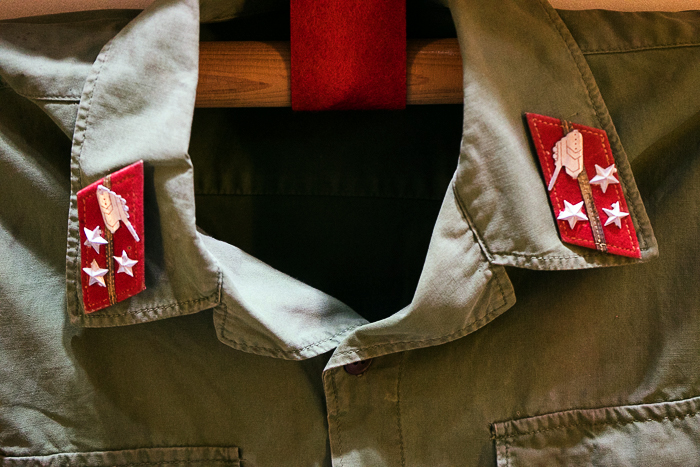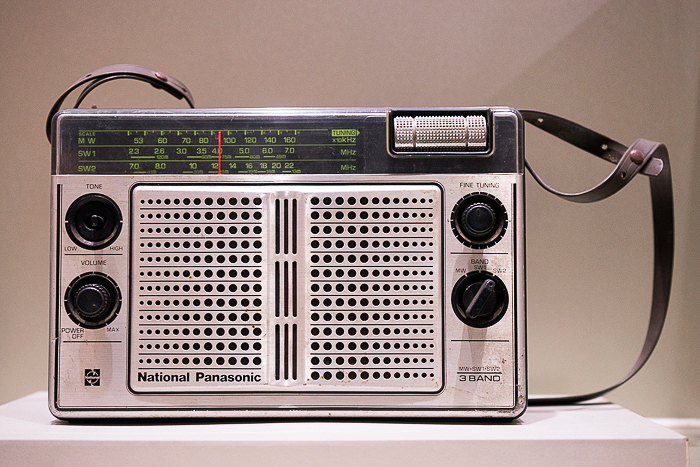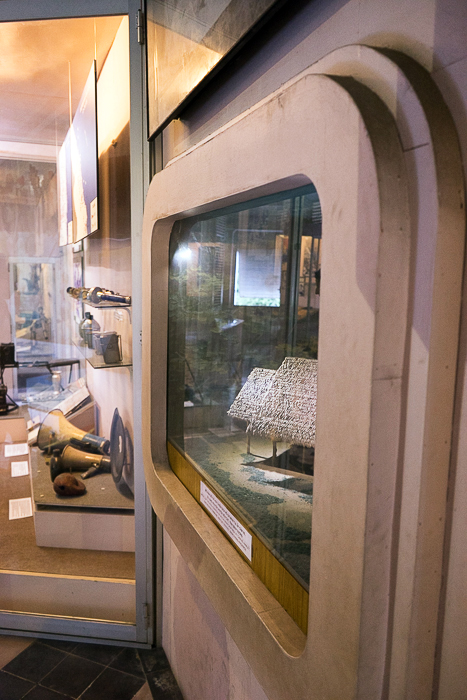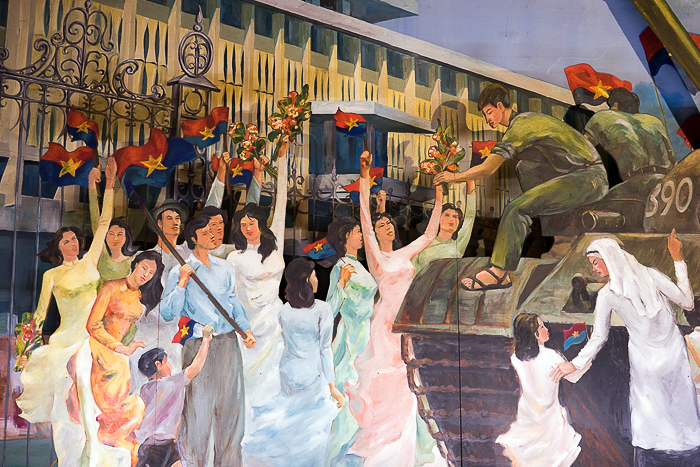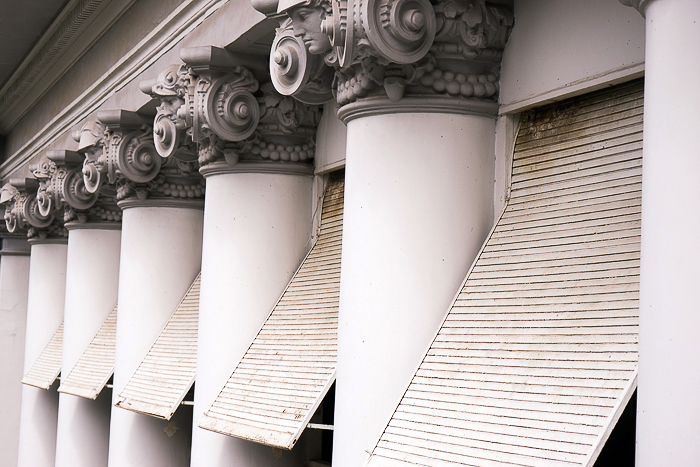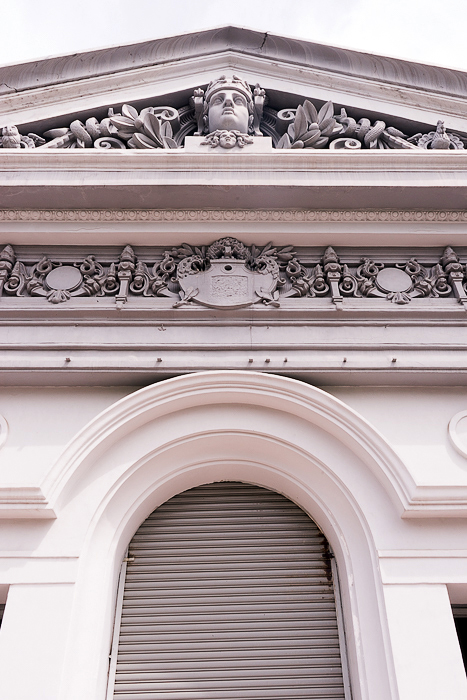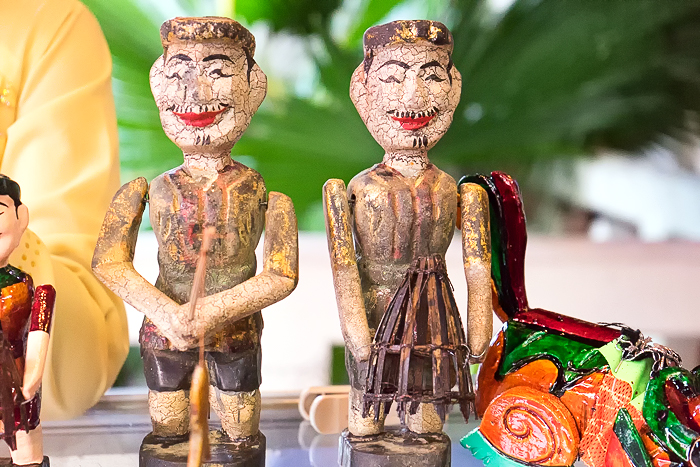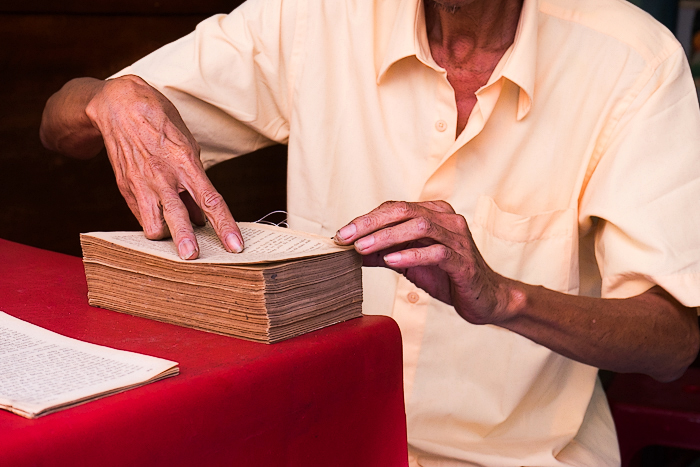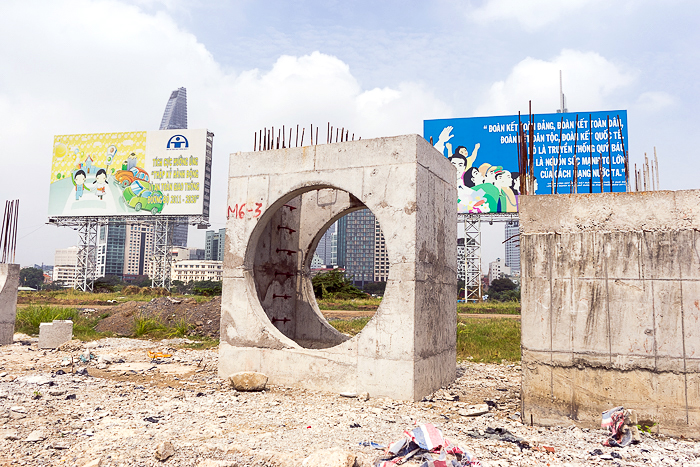The Ho Chi Minh City Museum
The Ho Chi Minh City Museum introduces visitors to the city’s culture, currency, industry and geography. The exhibits are interesting enough, but the real reason to visit is the chance to explore the charismatic Palace of Gia Long in which it’s housed.
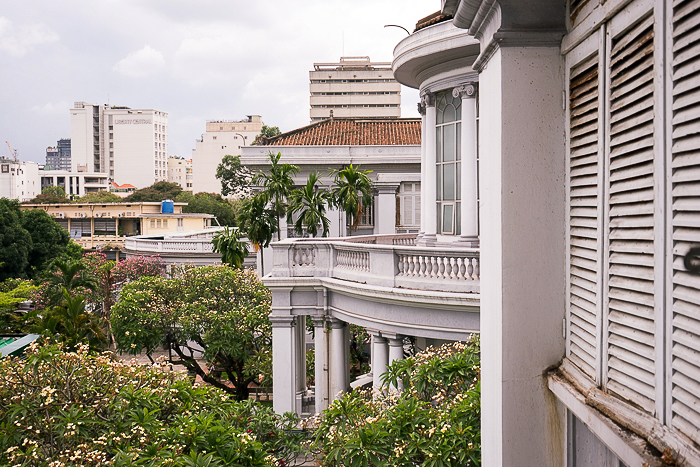
One of the country’s most important rulers, Gia Long was the one who finally united the disparate pieces of Vietnam, conquering Hanoi in 1802 and declaring himself emperor, first of the Nguyễn Dynasty. This palace bears his name in tribute; it was built in 1890, 70 years after his death.
The palace was the work of French architect Alfred Foulhaux, who also designed the city’s iconic Post Office. It was originally meant to house the Museum of Manufacturing, but proved irresistible to the city’s leaders. Starting with the French governor of Cochinchina, who occupied the palace until 1898, the building hosted a successive procession of French, Japanese and Vietnamese governments.
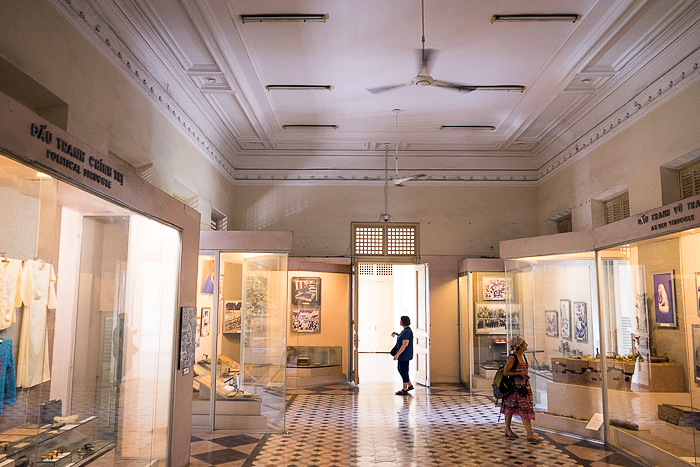
It didn’t return to its original purpose as a museum until 1978, and the Communist takeover. Today, it’s dedicated to Ho Chi Minh City’s history, and its place in the modern world. The exhibits alternate between compelling looks at the city’s rich culture, and yawn-inducing propaganda. Although it’s physically a large space for a museum, the exhibits are amply spaced out, and you won’t need more than an hour to get through everything.
We loved the museum mostly for its air of dignified decay. Darkened hallways cluttered with unused lumber, the garden engaged a futile battle against weeds, forgotten displays barely visible underneath months of dust. It’s as though the museum has a single custodian, who’s as the old as the building itself. But this isn’t a complaint; with a sparkling, modern renovation, the palace would lose its character.
Perhaps the coolest aspect of the palace are its underground tunnels, a relic from its days as a presidential palace. These are apparently extensive, and allowed South Vietnam’s dictator Ngô Đình Diệm to momentarily flee his pursuers during the 1963 coup. Today, a small section has been opened to tourists, leading from the palace into a couple rooms, and back out into the garden.
